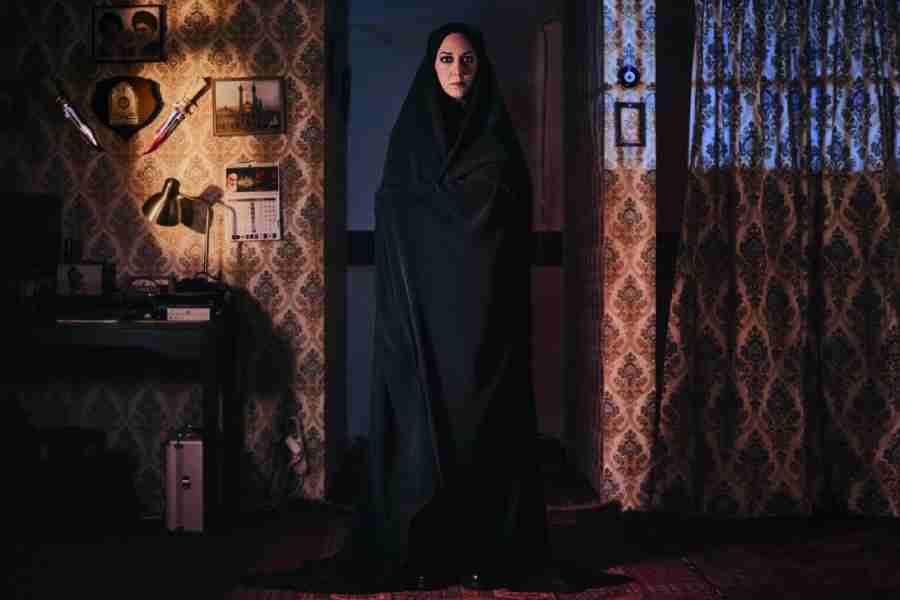Reliance Industries Limited (RIL) and BP on Friday announced the start of production from the R-Cluster, the ultra-deep-water gas field in the KG-D6 block off the east coast of India.
RIL and BP are developing three deepwater gas projects in KG-D6 — R Cluster, Satellites Cluster and MJ — which together are expected to meet around 15 per cent of India’s gas demand by 2023. These projects will use the existing hub infrastructure in the KG-D6 block.
RIL is the operator of KG- D6 with a 66.67 per cent participating interest and BP holds a 33.33 per cent participating interest.
R-Cluster is the first of the three projects to come onstream.
The field is located about 60 kilometres from the existing KG-D6 Control & Riser Platform (CRP) off the Kakinada coast and comprises a subsea production system tied back to CRP via a subsea pipeline.
Located at a water depth of greater than 2,000 metres, it is the deepest offshore gas field in Asia. The field is expected to reach plateau gas production of about 12.9 million standard cubic metres per day (mscmd) in 2021.
RIL had originally put the recoverable reserves in the R-series cluster at 1.413 trillion cubic feet that could produce a peak output of 14.9 mscmd. However, the Directorate General of Hydrocarbons (DGH) trimmed the recoverable reserves after studying the data submitted by the operator to 1.191 tcf and peak output to 12.9 mscmd.
Production from older fields in the KG-D6 block was stopped in February this year. Operations at R-Cluster were expected to start earlier this year but were delayed owing to the pandemic.
Analysts said that the commencement of production from the R-Cluster will improve earnings from its exploration & production (E&P) business in the next two years. Though the development is positive, they added that the Reliance-BP duo is now not giving an ambitious forecast.
The company did not have an exhilarating experience particularly in the D1/D3 field, in the KG-D6 block that was India’s first deepwater gas field to be put on production in April 2009. Its output, peaked at over 61 mscmd in 2010 and after that it has been on a decline as sand and water ingress forced wells to shut down one after the other.
In February this year, Reliance had said that the D1/D3 gas field, had ceased production. During the second quarter ended September 30, revenues from RIL’s E&P business declined to Rs 355 crore from Rs 506 crore on a sequential basis. This was largely due to lower price realisation and decline in production.
“This is a significant milestone in India’s energy landscape, for a cleaner and greener gas-based economy. Through our deep-water infrastructure in the Krishna Godavari basin, we expect to produce gas and meet the growing clean energy requirements of the nation,” RIL chairman and MD Mukesh Ambani said.
BP chief executive Bernard Looney said the project will help meet India’s rapidly expanding energy needs.
“Growing India’s own production of cleaner-burning gas to meet a significant portion of its energy demand, these three new KG D6 projects will support the country’s drive to shape and improve its future energy mix,” said Looney.
The next project, the Satellites Cluster, is expected to come onstream in 2021, followed by the MJ project in 2022.
Peak gas production from the three fields is expected to be around 30 mmscmd (1 bcf/d) by 2023, which is expected to be about 25 per cent of India’s domestic production. It will help reduce the country’s dependence on imported gas.
Reliance and its partner BP Plc of the UK had in June 2017 announced an investment of Rs 40,000 crore in the three sets of discoveries to reverse the flagging production in KG-D6 block.
Reliance has so far made 19 gas discoveries in the KG-D6 block. Of these, D-1 and D-3 were brought into production in April 2009 and MA, the only oilfield in the block, in September 2008.
Besides MJ-1, the company plans to develop four deepsea satellite gas discoveries -- D-2, 6, 19 and 22 -- together with D29 and D30 finds on the block. The third set is the D-34 or R-Series find.
These finds are expected to bring a total 30-35 million cubic metres (1 billion cubic feet) of gas a day on stream.











